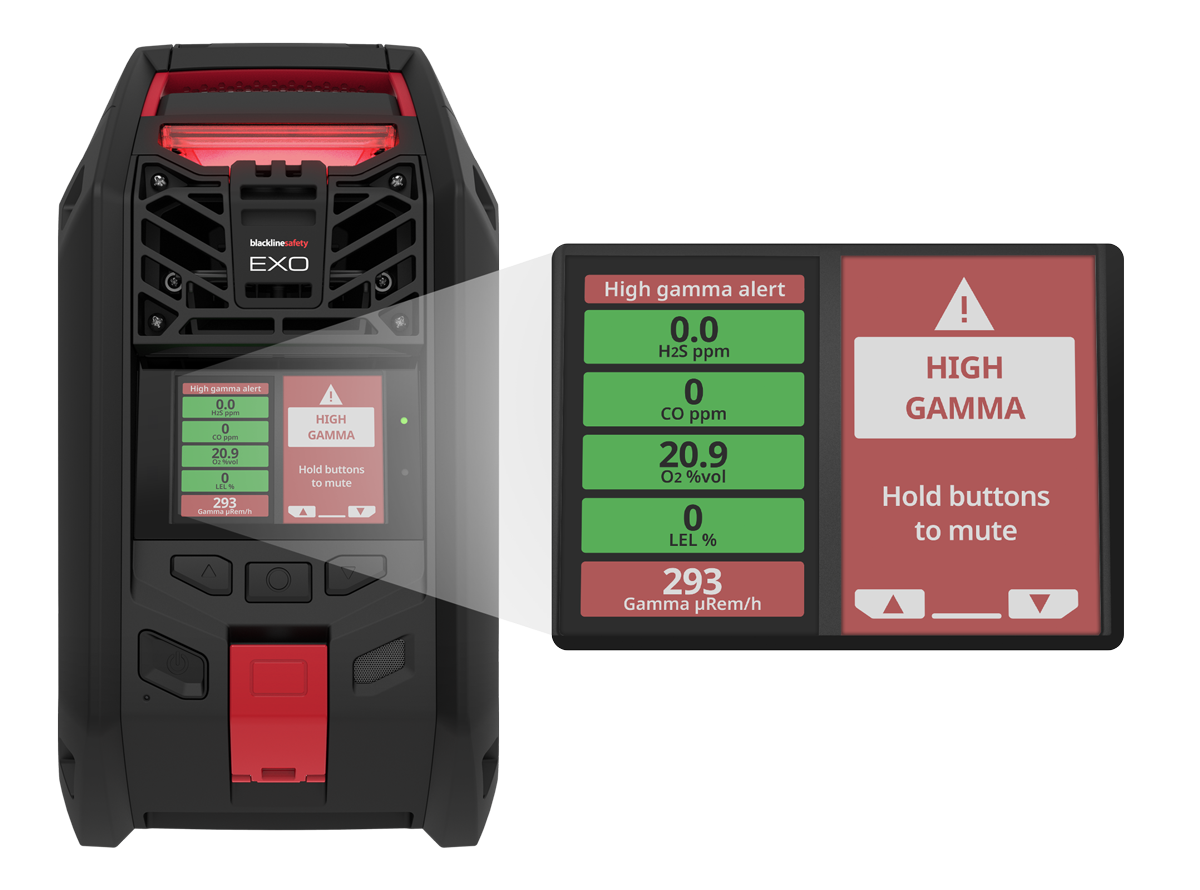Gamma Sensor
Our advanced scintillation crystal detector is specially engineered as an integral component of our EXO area monitor, providing a complete, ready-to-deploy gamma radiation detection solution. The purpose-built design ensures optimal performance, reliability, and seamless operation right out of the box.
Specifications:
- Type: Scintillation Crystal Detector
- Range: 0.01 to 2,000 µSV/hr µSv/h (1 to 200,000 µRem/hr)
- Alarm Levels: Configurable low and high thresholds
- Real-time Alerts: Instant notifications via Blackline Live







